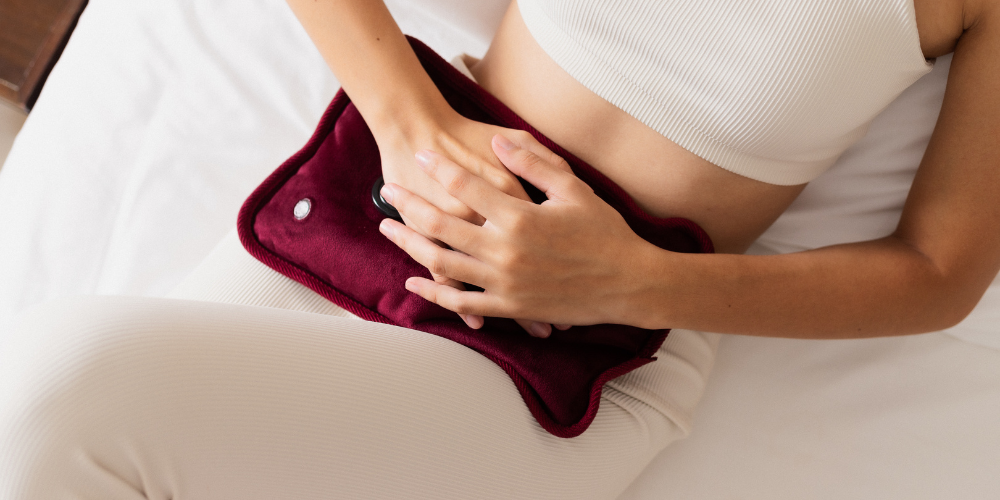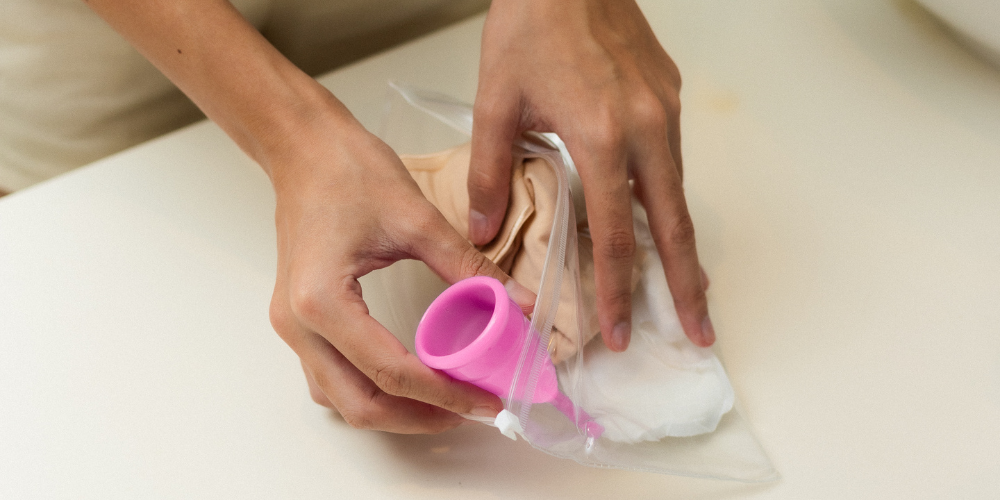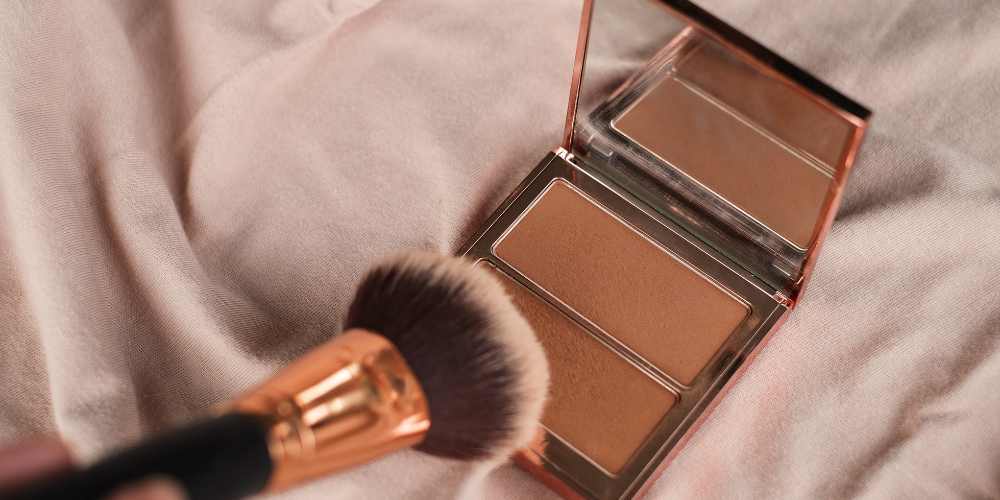
Not only is Endometriosis painful, but it’s also associated with several symptoms that can become unbearable and affect one’s quality of life. While it’s an incredibly complex condition, it can be described as a disease where the lining of a female’s uterus grows on the outside instead of the inside. This can lead to pain and, in the worst of cases, infertility.
Like Polycystic Ovary Syndrome (PCOS), there is no cure for Endometriosis, but many of the symptoms can be managed with lifestyle changes. Endometriosis affects approximately 2 to 10 percent of females worldwide, and the most important thing when getting a diagnosis is early detection. Finding out you have Endometriosis sooner rather than later can give you a headstart on changing your habits.
What is Endometriosis?
Endometriosis can be a severe condition in which the tissues that usually line the inside of your uterus develop on the outside. In addition to impacting your uterus, Endometriosis can also involve your fallopian tubes, ovaries, and even pelvic lining. In the most complex cases, thick endometrial tissue may even be found around the organs in your pelvic area. While the disease can cause constant pain, it usually worsens around the time of the menstrual cycle.
What causes Endometriosis?
Unfortunately, there is no known cause of Endometriosis — it’s considered to be an idiopathic condition. While there is no apparent cause, risk factors can make one more likely to develop Endometriosis. For example, alcohol use, family history of Endometriosis and infertility, increasing age, low weight, and a longer than usual menstrual flow are all alleged factors that can put you at risk. If you experienced your first period before age 11, you could also be at an increased risk of developing Endometriosis.

What are the symptoms of Endometriosis?
Because there are so many unpleasant symptoms associated with Endometriosis, those with it usually seek medical attention quickly. The leading symptom women experience is pain, which can fluctuate from mild to extreme. The pain typically occurs in your lower abdomen, pelvic area, and sometimes even your lower back.
In addition to the uncomfortable pain, which usually worsens around the time of menstruation, other symptoms include:
● Painful and occasionally debilitating menstrual cramps and lower back aches
● Pain during intercourse
● Spotting between periods and heavy bleeding during periods
● Difficulties with becoming pregnant (infertility)
● Pain during bowel movements
Sometimes women with very few patches of Endometriosis will still experience intense pain, and those with many patches might only feel some discomfort. There’s no connection between the severity of one’s condition and the symptoms.
How can one naturally manage the symptoms of Endometriosis?
Thankfully, one can do many things to manage Endometriosis symptoms without prescription medication or surgery.
First, apply a heating pad to your abdomen to minimize pain during a flare-up or menstrual cycle or take a hot bath. Both of these can reduce the pain caused by cramping pelvic muscles. Also, a professional massage or learning to massage your pelvic area can help alleviate some pain.
Making a few changes to your diet can also minimize the symptoms that you experience. For example, minimizing your consumption of red meat and highly processed foods can reduce internal inflammation. This means you want to limit your gluten, sugar, and dairy intake. But of course, you still have to live a little, so don’t be too hard on yourself when you’re out with friends or are craving a milkshake.
Managing your stress (and cortisol) levels through meditation, napping, leisurely walks, and listening to music can be helpful. Also, getting eight hours of uninterrupted sleep each night is essential.
Many women with Endometriosis also find that supplements like Omega-3 Fatty Acids, Licorice, Turmeric, White Peony, St. John’s Wort, and Sea Buckthorn can minimize the severity of their symptoms.

Additionally, it’s crucial to stay away from beauty products and cosmetics that contain endocrine-disrupting chemicals. Research suggests that exposure to these chemicals can increase the severity of the disease and even put you at risk of developing it. This research has connected repeat exposure to endocrine-disrupting chemicals, found in the environment and cosmetics, like phthalates, benzophenones, and dioxins to endometriosis in women. If you’re eager to avoid these harmful hormone disruptors, the Think Dirty app’s new Ingredient Preference feature can highlight the chemicals in products.
Disclosure: We are a professional review and product rating website and mobile app that receives compensation from the companies whose products we review and rate. We are independently owned and the opinions expressed here are our own interpretations of a trusted source.
Endometriosis: A Complex Hormone Disruptor in Women was originally published in Think Dirty on Medium, where people are continuing the conversation by highlighting and responding to this story.